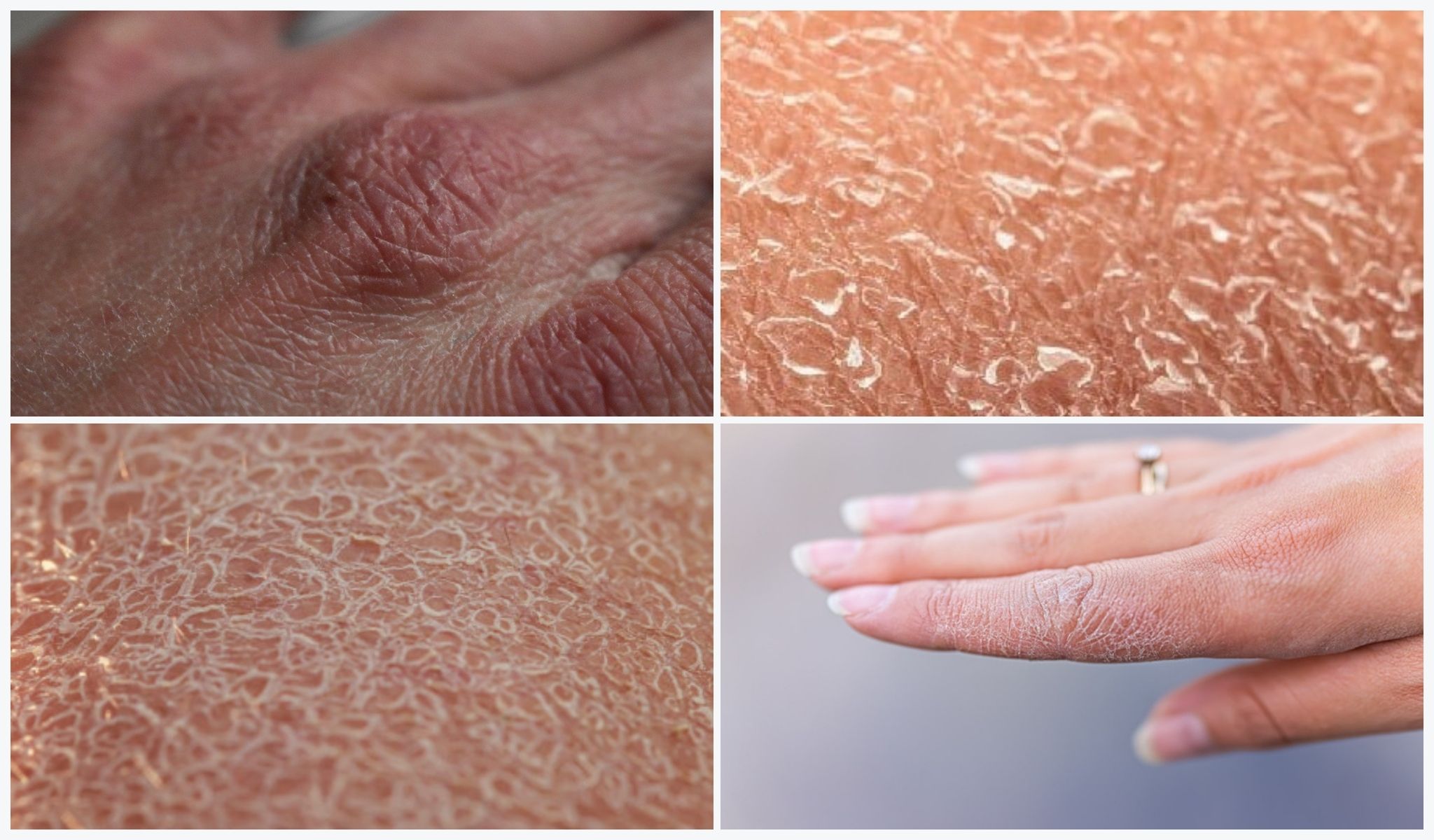XERODERMA

What is Xeroderma?
Xeroderma, also known as xerosis cutis or simply dry skin, is a common skin condition characterized by dryness, itching, and scaling of the skin. It can affect people of all ages and can vary in severity from mild to severe.
Symptoms of Xeroderma
Xeroderma, or dry skin, can manifest with a variety of symptoms. Common symptoms of dry skin include:
- Dryness: The most common and noticeable symptom of xeroderma is dry skin. The skin may appear rough, flaky, or scaly.
- Itching: Dry skin is often accompanied by itching, which can be mild to severe and may lead to scratching and skin irritation.
- Redness: In some cases, the affected skin may become red and irritated.
- Cracking: In severe cases, the skin may crack or fissure, which can be painful and increase the risk of infection.
- Tightness: Dry skin can feel tight and uncomfortable, especially after bathing or exposure to harsh weather conditions.
- Scaling: The skin may develop fine scales or flakes, which can become more pronounced as the dryness worsens.
- Sensitive Skin: Dry skin can make your skin more sensitive to various environmental factors, including harsh soaps, detergents, and extreme temperatures.
- Increased Wrinkling: Dry skin can accentuate the appearance of fine lines and wrinkles, particularly on the face.
Causes of Xeroderma
Several factors can contribute to the development of xeroderma, including:
Weather: Dry and low-humidity environments, especially during the winter months, can lead to dry skin.
Age: Aging is a natural factor that can result in decreased skin moisture and oil production.
Hot Baths and Showers: Frequent or prolonged exposure to hot water can strip the skin of its natural oils, leading to dryness.
Harsh Soaps and Cleansers: Using harsh soaps or cleansers that remove natural skin oils can contribute to dry skin.
Skin Conditions: Some skin conditions, such as eczema and psoriasis, can cause or exacerbate dry skin.
Medical Conditions: Certain medical conditions, such as hypothyroidism and diabetes, can be associated with dry skin.
How can I stop my skin from drying out?
To prevent or reduce the risk of developing xeroderma, consider the following tips:
- Use a Humidifier: Use a humidifier in your home to add moisture to the air, especially during the dry winter months.
- Shorter, Lukewarm Baths and Showers: Limit your time in hot water and opt for shorter, lukewarm baths or showers.
- Gentle Cleansers: Choose mild, fragrance-free cleansers and soaps that are designed for sensitive skin.
- Moisturize: Apply a good-quality moisturizer immediately after bathing and throughout the day, as needed.
- Stay Hydrated: Drink plenty of water to keep your body hydrated, which can also help maintain skin moisture.
- Protect from Harsh Weather: In extreme weather conditions, protect your skin with appropriate clothing, such as gloves and scarves.
It’s important to consult a dermatologist if you are noticing the persistent or severe xeroderma (Dry Skin), as they can provide a personalized treatment plan based on the underlying causes and the severity of your condition.
